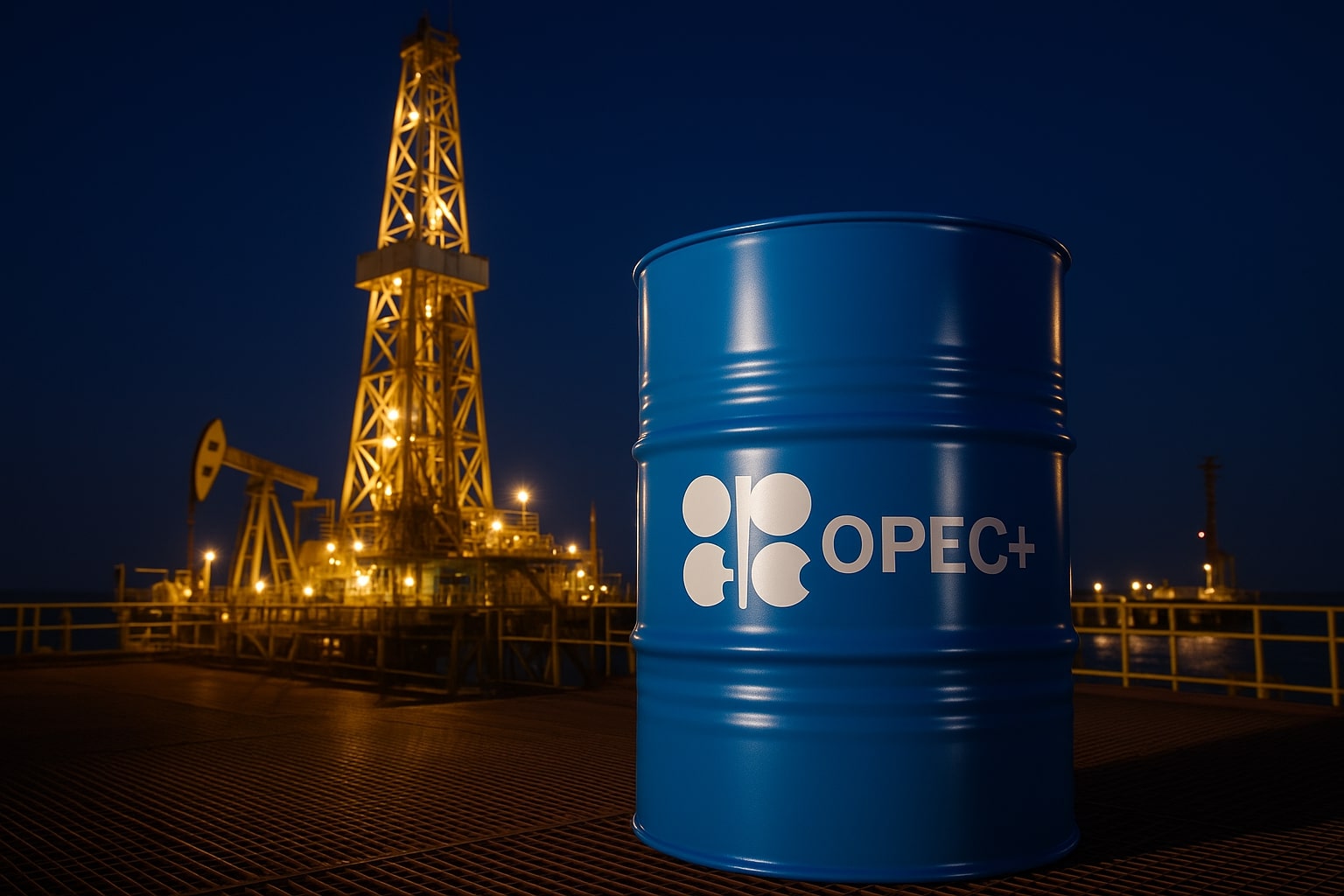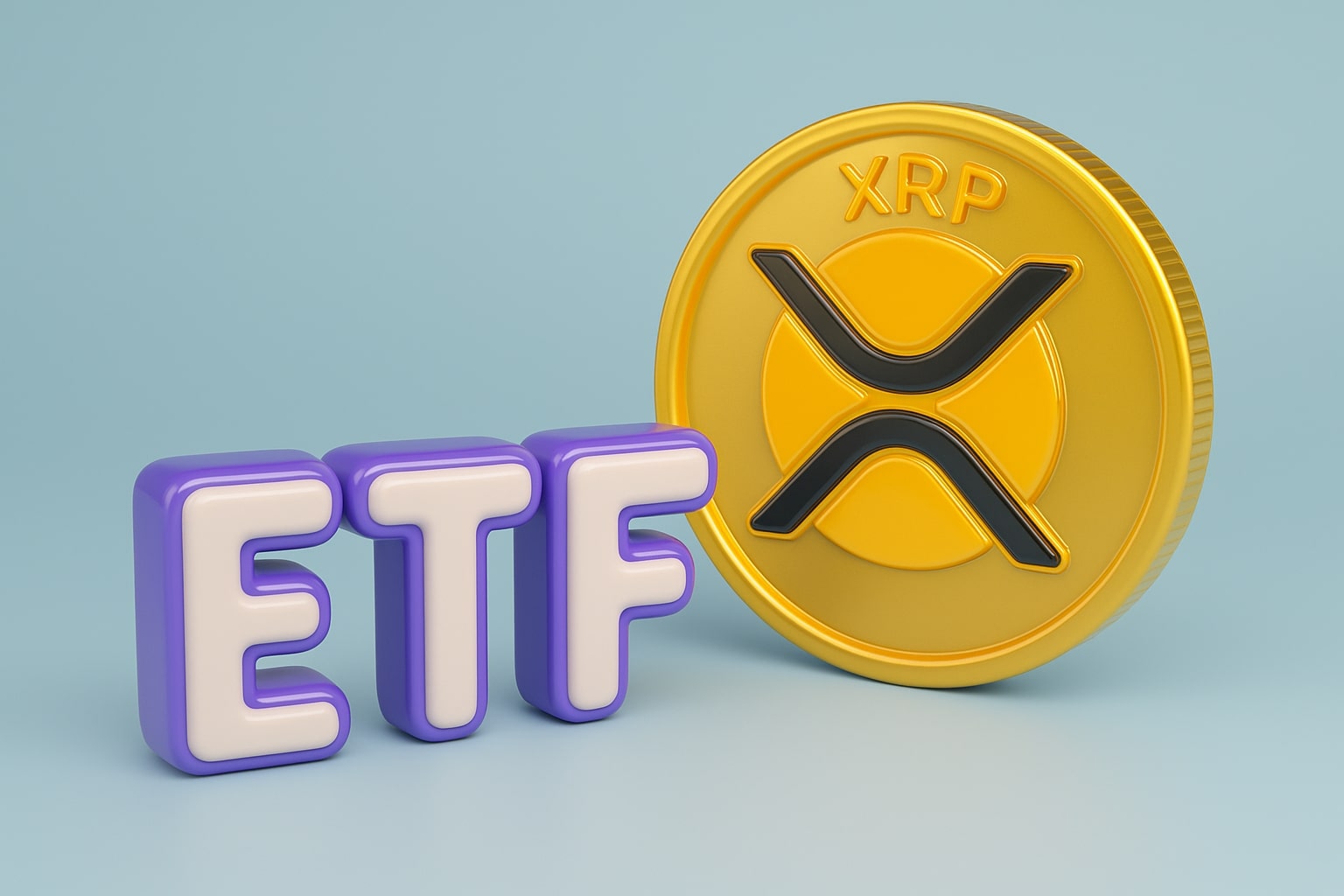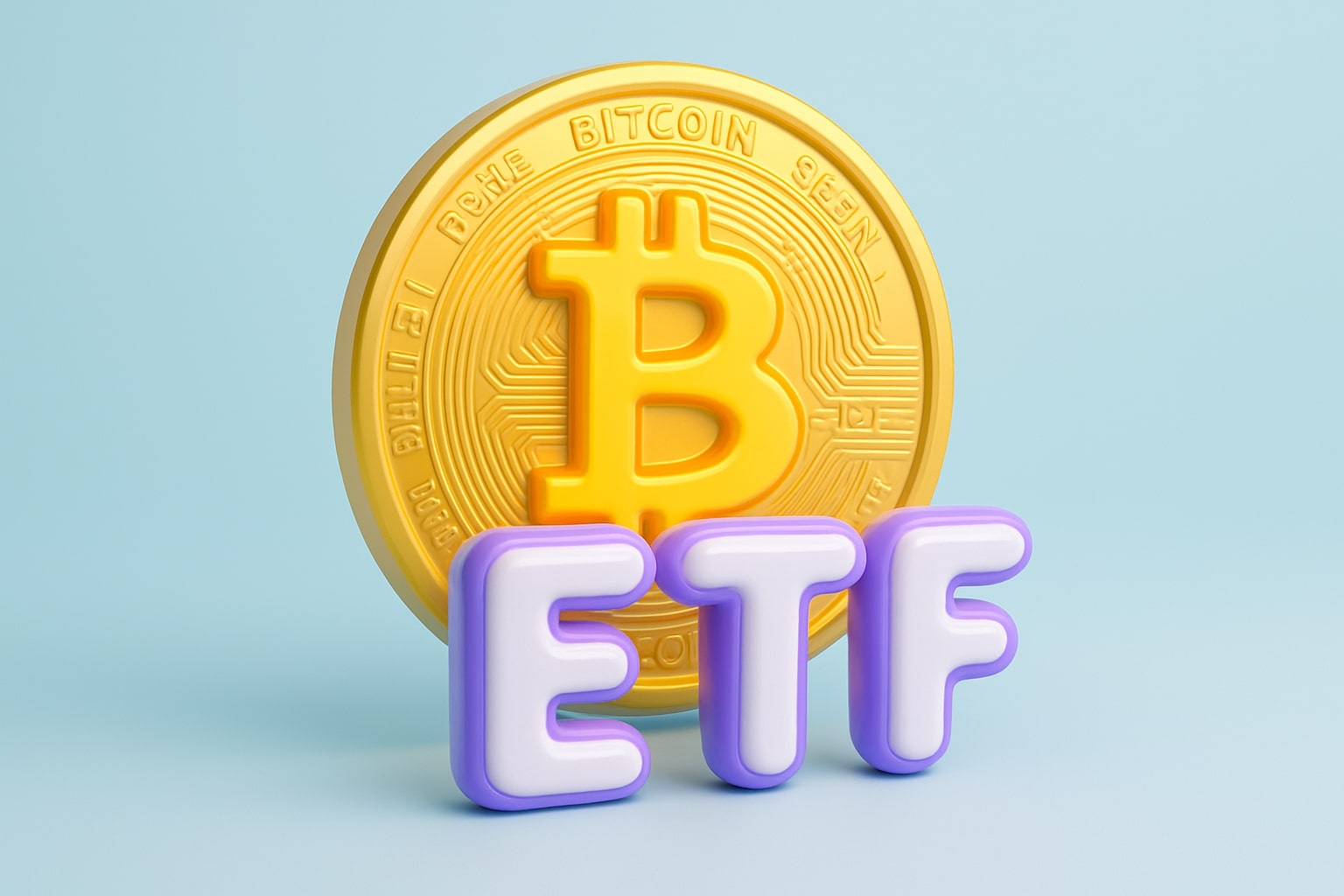
Oil Price Forecast: WTI Holds $61.50, Brent Climbs to $65.94 as Sanctions and Balkan Crisis Lift Market
Crude prices jumped 7.6% this week, with U.S. sanctions on Russian producers and Serbia’s refinery shutdown driving supply fears. WTI (CL=F) settled at $61.50, Brent (BZ=F) at $65.94 | That's TradingNEWS
WTI CL=F Reclaims the Mid-$60s Handle, But Settles at $61.50: Sanctions, Flows, and Inventories Are Driving the Tape
West Texas Intermediate closed at $61.50 per barrel, up 7.6% for the week even after easing 0.47% on the day, while Brent BZ=F finished at $65.94, also +7.6% for the week with a marginal 0.08% dip into the close. The rally’s ignition was unambiguous: fresh U.S. sanctions aimed squarely at Russia’s two largest producers shifted supply risk from theoretical to tangible, with traders marking to a scenario that could tighten seaborne flows by as much as low seven figures in barrels per day if compliance risk curtails liftings and financing. On the screen, the move showed up first as a one-day surge north of 5% in both contracts; in refined products, RBOB gasoline held at $1.923 per gallon, off 0.22%, flagging that the products complex has not yet fully transmitted crude’s weekly jump into pump-price pressure
Brent BZ=F at $65.94 vs. Murban $68.91: Physical Differentials Telegraphed Where the Tightness Is
Benchmark dispersion tells its own story. Brent printed $65.94 into the weekend, Murban posted $68.91, and the OPEC Basket advanced to $67.25 after a 6.14% daily pop. U.S. Gulf Coast markers showed mixed tone: Mars U.S. changed hands at $70.71, down 1.34% on the day, while Louisiana Light was flat to slightly positive at $60.83. The spread configuration underscores a market pricing sanction risk through the medium-sour segment, the very slate most exposed to Russia-adjacent molecules. With Bonny Light sliding 2.84% to $78.62, the relative weakness in a premium sweet cargo against Murban and the Basket hints at buyers prioritizing assured loadings and insurance over absolute quality at week’s end
Headline Risk Became Barrel Risk: The Serbia Chokepoint and the JANAF Constraint
Pipeline logistics in the Balkans moved from footnote to price input. Serbia’s NIS—56% owned by Gazprom Neft—saw crude receipts disrupted after a U.S. waiver expired on October 9, halting deliveries via Croatia’s JANAF system. A roughly 1 million-barrel KEBCO cargo that reached Omisalj on October 9 remained blocked, putting the 4.8 million-ton-per-year Pancevo refinery—which supplies over 80% of Serbia’s gasoline and diesel—on a countdown. Without alternative cargoes via Hungary or swaps through regional refiners, operations could face curtailment in early November. While Serbia is a small barrel count in the global context, a refinery outage in a land-constrained corridor mechanically increases product pull from neighboring EU markets; that tailwind, alongside sanctions on Rosneft and Lukoil, is how a localized logistics snag ripples into Brent time spreads and supports BZ=F in the mid-$60s
Macro Bid vs. Consumer Drag: Weekly +7.6% in CL=F Meets $61.50 Close and a $1.923 RBOB—How Much Pass-Through Is Left?
This week’s price action left WTI CL=F up 7.6% at $61.50 and Brent BZ=F up 7.6% at $65.94, with U.S. energy equities advancing about 2.5% on the week, second only to information technology’s 2.9% gain. The consumption question is next. Every sustained $10 move in crude translates into visible cents-per-gallon changes at retail with a lag, and the present setup blends bullish supply signals with still-resilient U.S. petroleum product demand. Implied weekly products pull sat in line with five-year norms, rebutting the “glut” narrative that dominated prior weeks. The near-term friction point is whether the weekly spike in CL.1 can coexist with a $1.923 RBOB that has not yet meaningfully broken higher. If sanctions remain binding and refiners widen crack spreads into November, consumer-side headwinds will intensify into the holidays
China and the U.S. SPR: Why $60s WTI Is a Gravity Well Unless Flows Are Dislocated Further
Two sovereign buyers helped cushion crude on the way down; they now shape the floor on the way up. Beijing has been refilling strategic stocks opportunistically, absorbing excess cargoes and flattening downside volatility. In Washington, announced Strategic Petroleum Reserve re-fills add a buyer of last resort in the $60s per barrel range. That combination is why WTI’s $61–$66 zone can act as a gravity well when macro sentiment wobbles. The sanction impulse tilts that balance: should enforcement siphon even 0.7–1.0 million bpd from global availability, the market’s prior base case of an oversupplied Q4 erodes, and front-month CL=F can probe toward Murban’s $68.91 anchor and the OPEC Basket’s $67.25 without requiring a demand shock
Inventory and Flow Signals: Draws, Demand in Line, and a Natural Gas Check at $3.304
Price is confirming tighter balances. Inventory prints showed “healthy” crude draws that contradict prior oversupply fears, while implied weekly products demand tracked five-year averages rather than deteriorating into year-end. Natural gas at $3.304, off 1.20% on the day, contributes a mild cap to marginal power-sector crude substitution, but the gas tape doesn’t blunt the crude rally’s primary driver—barrel availability and financing risk linked to sanctions. Derivative market participation increased, and the big-beta day earlier in the week coincided with a visible jump in outright futures volume, consistent with de-risking of short balances and fresh long initiation as CLZ25 and BRNZ25 re-priced geopolitical supply constraints
Read More
-
PFFA ETF Nears $21.50 as Rate Cuts and 9.49% Yield Spark Renewed Demand
29.11.2025 · TradingNEWS ArchiveStocks
-
XRPI and XRPR ETFs Ignite Ripple’s Institutional Rally as Inflows Near $1B and XRP Holds $2.20
29.11.2025 · TradingNEWS ArchiveCrypto
-
Natural Gas Price Forecast - NG=F Blasts to $4.85 as Demand Surge Fuel Multi-Month Breakout
29.11.2025 · TradingNEWS ArchiveCommodities
-
USD/JPY Price Forecast - Yen to Dollar Slides to 156.10 as Yen Strengthens on Fed Cut Expectations
29.11.2025 · TradingNEWS ArchiveForex
Emerging-Market Sensitivity Check: Algeria’s 2026 Math at $65.8 Oil and What $61.50 WTI Implies for Budget Breakevens
Oil-exposed sovereigns have begun re-running fiscal scenarios around a mid-$60s strip. Algeria’s projections anchored to average crude at $68.9 in 2025 and $65.8 in 2026 highlight how a $61.50 WTI settlement tightens budget arithmetic when breakevens sit higher. The policy implication is straightforward: producers with stretched fiscal anchors are incentivized to restrain output or enforce discipline on differentials to prevent backsliding, which indirectly supports BZ=F as those barrels get withheld or re-priced. That dynamic complements the sanction-driven squeeze and is one reason the OPEC Basket’s 6.14% daily jump to $67.25 matters beyond a single print—it signals coordination risk tilting bullish for flat price
Micro to Macro Transmission: From JANAF to Rosneft and Lukoil to U.S. Wallets—How the $61.50 CL=F Close Filters Through
Take the chain in order. The JANAF flow stoppage transforms into higher product imports for Serbia and neighbors; EU product markets firm at the margin, nudging refinery utilization and crack spreads. Fresh U.S. sanctions on Rosneft and Lukoil add insurance, shipping, and financing friction, compelling traders to bake a compliance discount into Russian-origin barrels or reroute entirely. The net is fewer easy barrels at the margin and higher risk premia in CL.1 and BRNZ25. In the U.S., a $61.50 WTI print with RBOB at $1.923 sets up retail pressure with lag, which policymakers must weigh against the geopolitical objective. If the sanctions prove as biting as the week’s price action implies, tolerance will be tested once gasoline begins to reflect crude’s 7.6% weekly pop
Levels, Tape, and Stance for CL=F and BZ=F: What the Market Just Priced and What’s Next
Price map is clean. Immediate CL=F support sits at $60.80–$61.00 (Friday’s settle zone and Louisiana Light print at $60.83), with deeper support at $58.50 if sanction impacts underwhelm and macro beta turns risk-off. Overhead, $65.94—the exact Brent settle—marks the pivot; a sustained push through Murban at $68.91 would be the market’s way of saying sanction execution is biting harder than paper assumed. On the physicals, watch OPEC Basket’s $67.25 follow-through; a second consecutive strong print would confirm producer-side discipline intersecting with supply constraints. With weekly gains of 7.6% in both WTI and Brent, RBOB steady at $1.923, OPEC Basket up 6.14% in a day, and a live Balkan refiner supply risk, my stance into next week is tactically bullish on CL=F and BZ=F with a target band of $63.50–$67.50 for WTI and $67.00–$71.00 for Brent, contingent on sanction enforcement and the JANAF situation remaining unresolved. For positioning, that translates to a buy on dips toward $61.00 in CL=F with tight risk controls below $59.80, and a buy on BZ=F toward $65.00 with stops under $63.80, while respecting that a clean policy reversal or rapid Russian cargo rerouting could knock $3–$4 off both curves quickly.



















